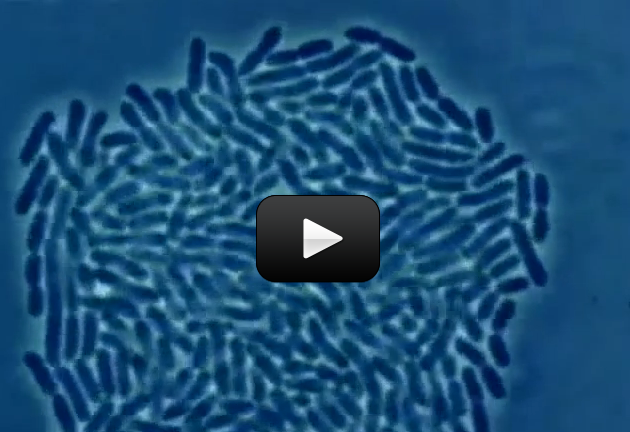All living things need a way to get energy. Bacteria get their food and energy in many ways. Some bacteria can make food on their own, while others need other organisms.
Some bacteria help other living things as they get energy, others hurt them while they get energy, and still others have no affect on living things at all.
Some living things, or organisms, are able to make their own food in a process called photosynthesis.
In this process, the organism turns energy from the sun into energy that can be used for energy. Organisms that get their energy from photosynthesis are called autotrophs. Some bacteria get their energy this way.
Some bacteria, called chemotrophs, get their energy by breaking down chemical compounds in the environment, including ammonia. Breaking down ammonia is important because ammonia contains the element nitrogen.
Please login or register to read the rest of this content.


Click here for lots of information on microscopes.
what would be a good starter microscope
There is a place called Dallol in the Ethiopian desert. Scientists investigated a volcanic crater full of salt, where toxic gases emanate and water boils in the midst of intense hydrothermal activity. A paper was published in 2019 stating that they could find no microbial life.
Where can you NOT find bacteria?
That depends on many factors such as the type of bacteria, the temperature of their environment, the amount of food, etc.
How many bacteria can reproduce in a year?
SOOOO COOL